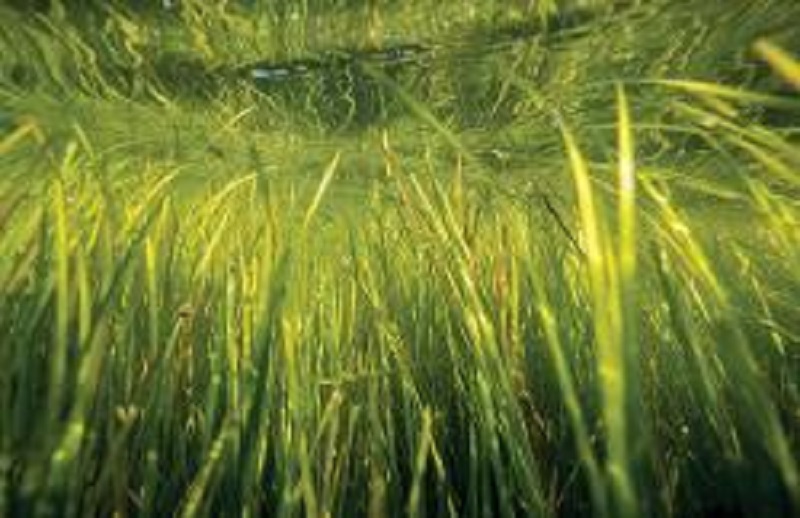 Scientists say some beds might be large enough to survive severe weather events
Scientists say some beds might be large enough to survive severe weather events
By Karl Blankenship, Bay Journal
Underwater grasses, one of the most closely watched indicators of Chesapeake Bay health, surged to the highest levels seen in decades, according to survey results for 2016.
This is the second straight year that grasses have set a record.
Nearly 100,000 acres of the Bay's and its tidal tributaries were covered by the underwater meadows, which provide habitat for juvenile fish and blue crabs, as well as food for waterfowl.
That was an 8 percent increase over 2015, and more than twice what was in the Bay just four years ago. "It was an impressive year following a previously impressive year and we are at numbers that we've not seen — ever," said Bob Orth, an underwater grass expert with the Virginia Institute of Marine Science who oversees the annual aerial survey, which began 33 years ago.
Like all green plants, submerged grasses need sunlight to survive, and the clearer the water, the more sun they get. Because of the link to water clarity, the annual survey of Bay grasses — often referred to by scientists as SAV, for submerged aquatic vegetation — is considered a key indicator of how the Bay is doing.
In their own right, grass beds are also a critical component of the Bay ecosystem. In addition to providing food for waterfowl and shelter for fish and crabs, they also pump oxygen into the water and trap sediments.
Restoring underwater grass beds is one of the goals of the nutrient and sediment reductions aimed at cleaning up the Bay, as water clouded by sediment or nutrient-fueled algae blooms can be lethal to grass beds.
The Bay's underwater grasses were knocked back to 48,195 acres by the one-two punch of Hurricane Irene and Tropical Storm Lee in late summer 2011, which sent a flood of nutrients and sediment into the Chesapeake.
But relatively dry conditions since then, which reduced the flow of nutrients and sediments into the Bay, have helped the grasses recover. The result has been unusually clear water in many areas. In fact, some grass beds are becoming so large and robust that they may be able to withstand at least some severe weather events, scientists said.
Read the rest of the story in Bay Journal here:
Copyright © 2013-2025 WesternBass.com ®


 Advertising
Advertising